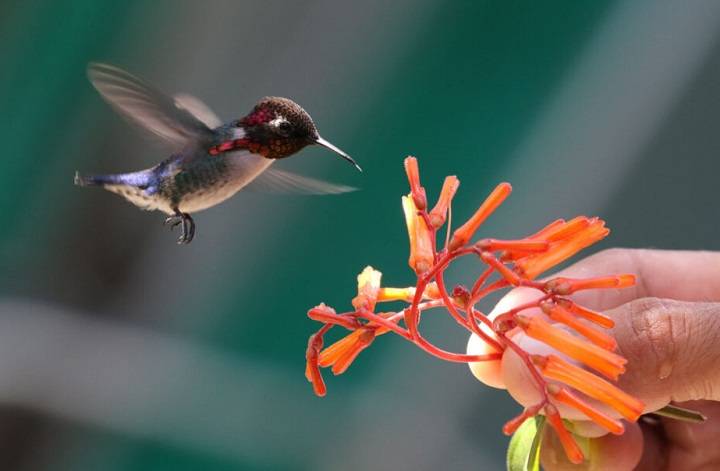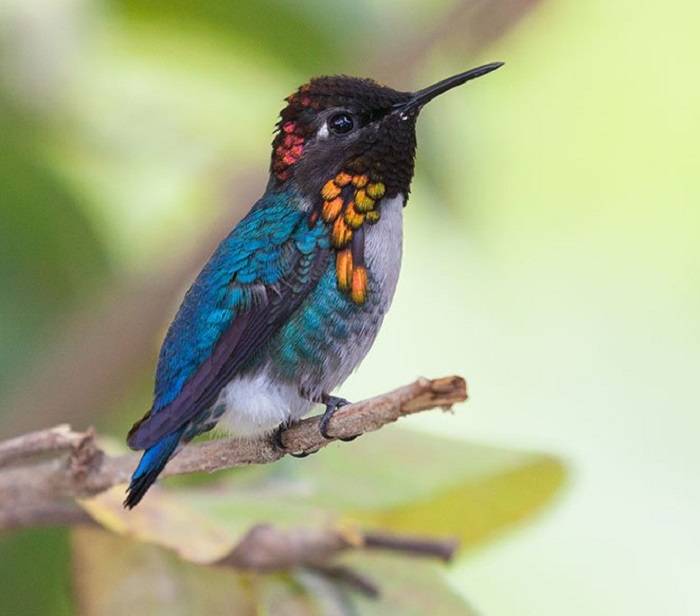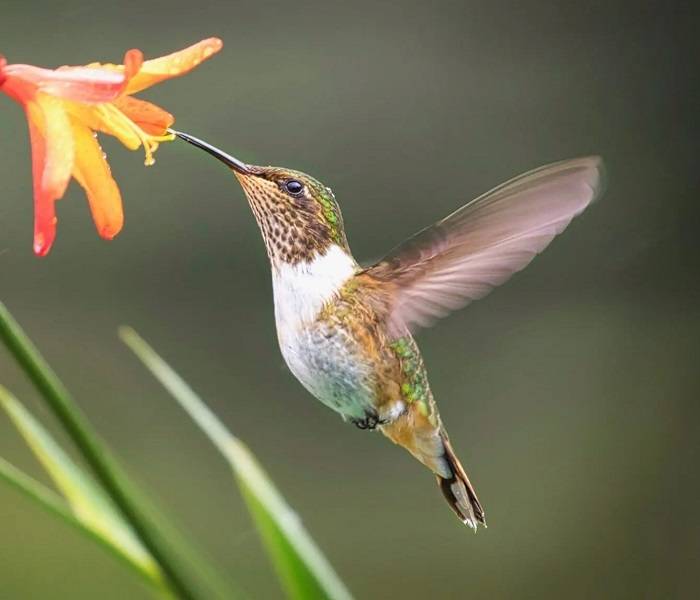In the intricate tapestry of the avian world, few creatures capture the imagination quite like the smallest bird in the world: the diminutive yet dazzling hummingbird. With its jewel-like plumage, lightning-fast wings, and extraordinary feats of aerial acrobatics, this tiny marvel of nature holds a special place in the hearts of bird enthusiasts and wildlife lovers around the globe. In this comprehensive exploration, we embark on a captivating journey into the realm of hummingbirds, uncovering their remarkable adaptations, behavior, and the awe-inspiring wonders of these pint-sized avian dynamos.
The Astonishing World of Hummingbirds
Hummingbirds are a diverse family of birds found exclusively in the Americas, from Alaska to Tierra del Fuego. With over 300 species spread across the continents, they exhibit a stunning array of colors, sizes, and adaptations that have captivated birdwatchers and scientists alike for centuries. Despite their small stature, hummingbirds are renowned for their extraordinary flying abilities, unique feeding habits, and intricate courtship displays, making them one of the most fascinating and beloved groups of birds in the natural world.
Meet the Record Holder: The Bee Hummingbird
The title of the smallest bird in the world belongs to the bee hummingbird (Mellisuga helenae), a tiny gem of a bird native to the island of Cuba and the Isla de la Juventud. Weighing in at just 2.0 to 2.6 grams and measuring a mere 2.0 to 2.4 inches in length, the bee hummingbird is smaller than many insects and possesses a level of agility and speed that defies belief. Despite its diminutive size, this remarkable bird exhibits all the classic traits of its larger relatives, including a voracious appetite for nectar, elaborate courtship displays, and a fierce territorial instinct.
Marvels of Adaptation: The Secret to Hummingbirds’ Success
Hummingbirds have evolved a suite of specialized adaptations that enable them to thrive in diverse habitats and ecological niches. Their unique anatomy, including elongated bills, specialized tongues, and rapid metabolism, allows them to extract nectar from flowers with remarkable efficiency and precision. In addition to their nectarivorous diet, hummingbirds also consume insects and spiders for protein, supplementing their energy needs with small arthropods found within their territories. These adaptations have allowed hummingbirds to colonize a wide range of habitats, from tropical rainforests to high-altitude mountain ranges, and play a crucial role in pollination and ecosystem health.
The Hummingbird’s Flight: A Ballet of Precision and Grace
One of the most remarkable aspects of hummingbirds is their extraordinary flying abilities. With wings that beat at an astonishing rate of up to 80 times per second, hummingbirds are capable of hovering in mid-air, flying backwards, and executing rapid changes in direction with unparalleled agility and precision. Their ability to move with such speed and agility is made possible by a unique combination of muscle power, wing morphology, and aerodynamic principles, allowing them to access nectar from flowers with ease and outmaneuver potential predators in the blink of an eye.
The Symphony of Color: Plumage, Courtship, and Display
Hummingbirds are renowned for their dazzling displays of color, with iridescent feathers that shimmer and gleam in the sunlight. These vibrant hues play a crucial role in courtship and display, with males using their colorful plumage to attract mates and establish dominance within their territories. During the breeding season, male hummingbirds perform elaborate aerial displays, including swooping dives, figure-eight flights, and rapid wing beats, in an effort to impress females and defend their territory from rival males. These dazzling displays are a testament to the beauty and complexity of hummingbird behavior, as well as the importance of color in avian communication and reproductive success.
Conservation Challenges: Protecting the World’s Smallest Birds
Despite their remarkable adaptability and resilience, hummingbirds face numerous threats to their survival in the wild. Habitat loss, deforestation, climate change, and the spread of invasive species are among the primary factors contributing to population declines in many hummingbird species. Additionally, collisions with buildings, vehicles, and communication towers pose significant risks to hummingbirds during migration and daily movements. Conservation efforts are underway to protect and preserve the habitats of these remarkable birds, including the establishment of protected areas, habitat restoration projects, and public education and outreach initiatives aimed at raising awareness about the importance of hummingbirds and their role in maintaining ecosystem health.
Smallest Bird In The World
In conclusion, the smallest bird in the world, the bee hummingbird, and its larger relatives are a testament to the extraordinary diversity and adaptability of life on Earth. With their stunning beauty, remarkable flying abilities, and vital ecological roles, hummingbirds capture the imagination and inspire wonder in people of all ages. As we continue to explore and appreciate the natural world, may we never lose sight of the awe-inspiring marvels that surround us, from the smallest bird in the world to the vast expanse of the cosmos beyond.




